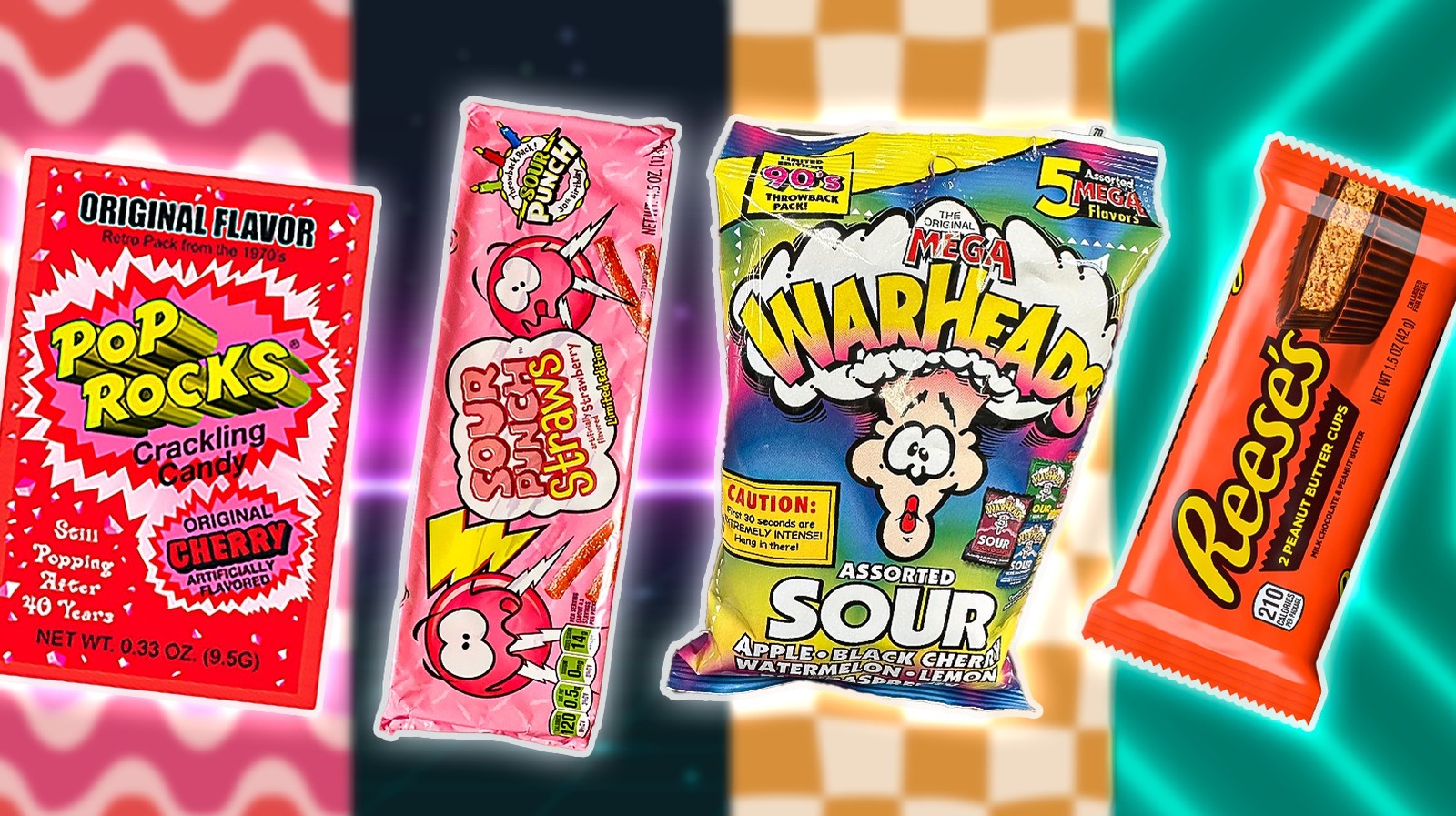
"Like all passing trends, the fluctuating candy market is influenced by several factors, including economic, technological, and cultural factors, all of which play a part. It's looking back that allows us to see them more clearly. The Depression and World War II are to thank for some of our most longstanding and popular candies, and innovations made the '80s full of the sound of popping bubble gum."
"M&Ms, with their colorful candy shell and creamy chocolate interior, are both simple and incredibly satisfying to eat. However, surprisingly, that crunchy candy coating originated from the needs of soldiers in combat. The inventor of M&Ms created the bite-sized treats to provide troops with chocolate that wouldn't melt away in their hands. Soon after they were invented, World War II began, and the new product was put to the test."
Candy popularity changes across generations, producing nostalgia similar to fashion and music trends. The fluctuating candy market is shaped by economic, technological, and cultural forces that affect which confections endure. Historical events such as the Depression and World War II contributed to the creation and longevity of several popular candies. Innovations in the 1980s introduced new textures and effects like popping bubble gum, while novelty and character tie-ins drove collectible packaging. M&Ms were developed to keep chocolate from melting for soldiers, and alongside Tootsie Rolls they became durable, long-lasting components of military rations that provided nutrition and morale.
Read at Tasting Table
Unable to calculate read time
Collection
[
|
...
]